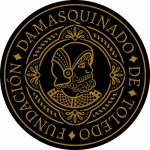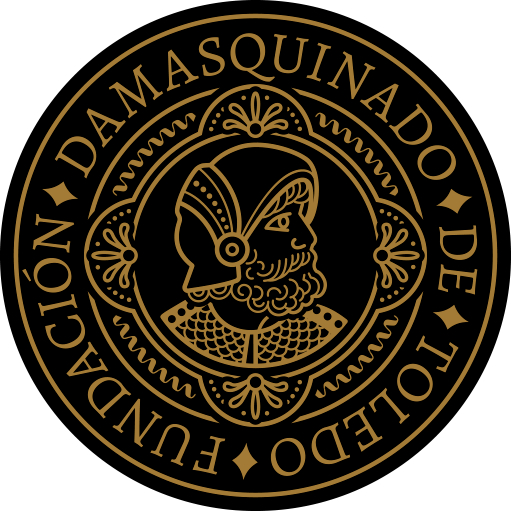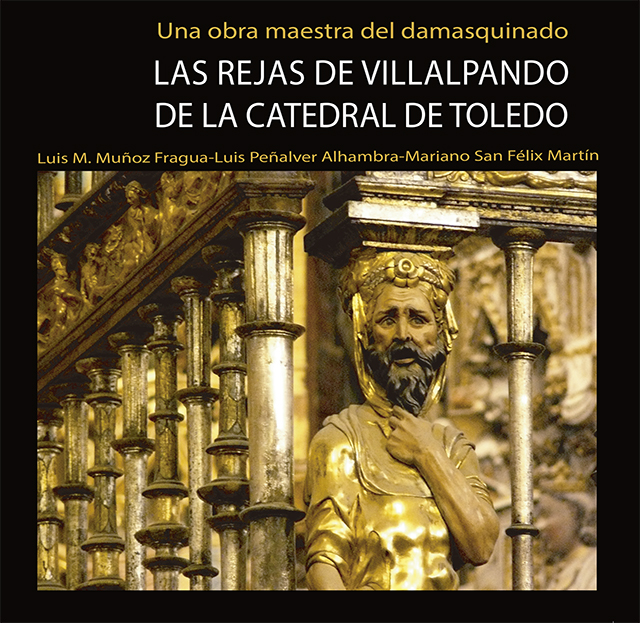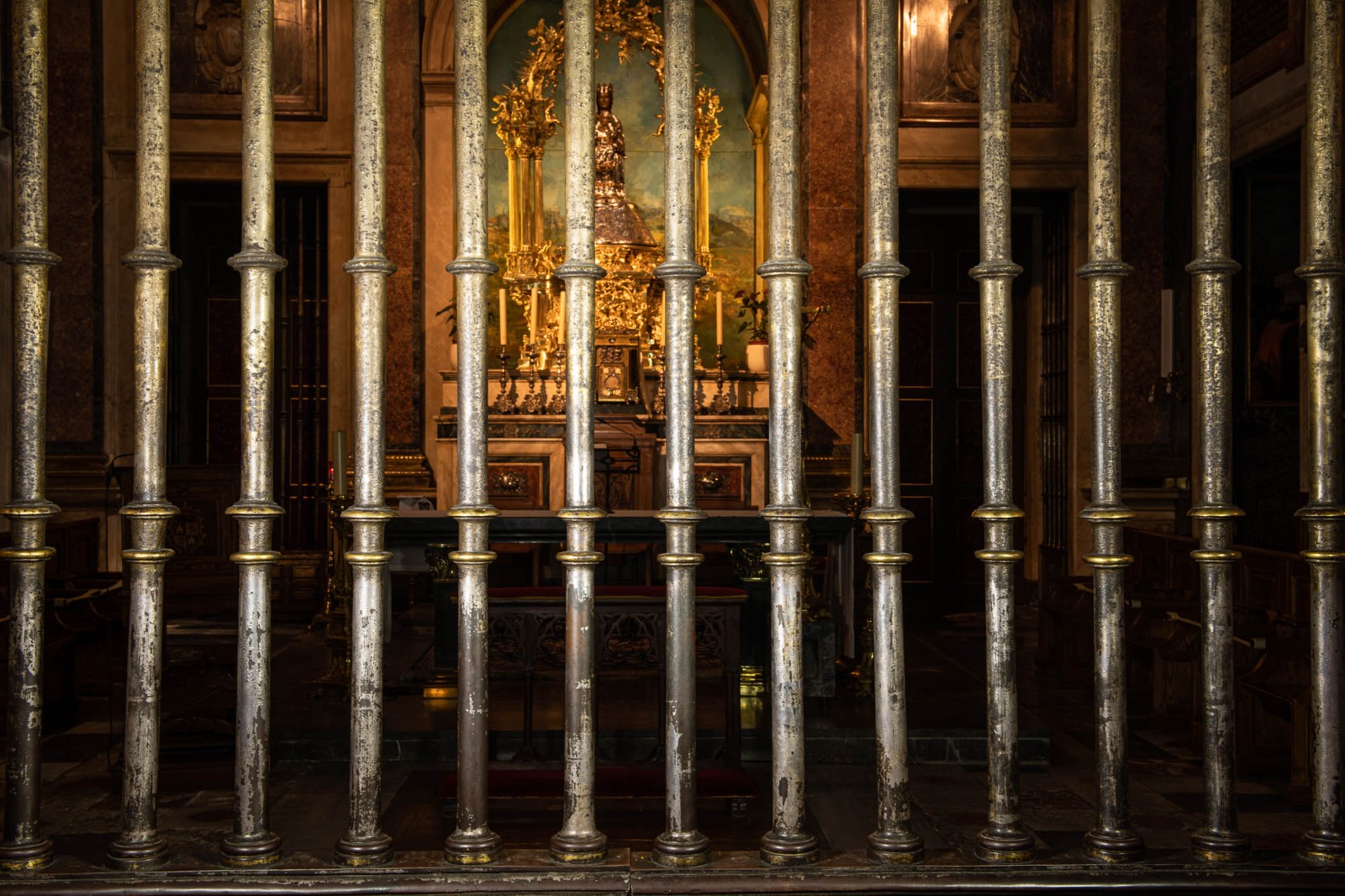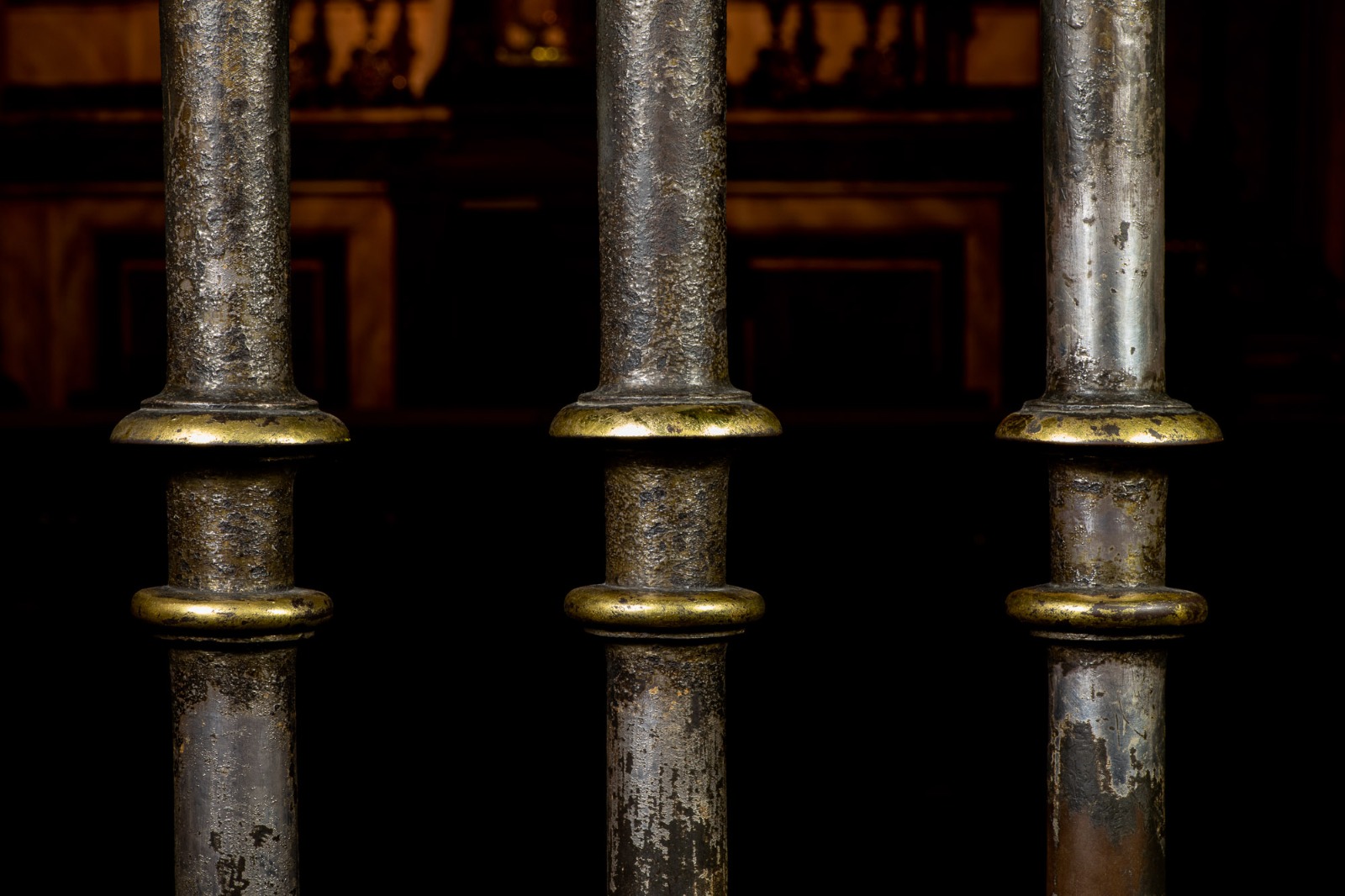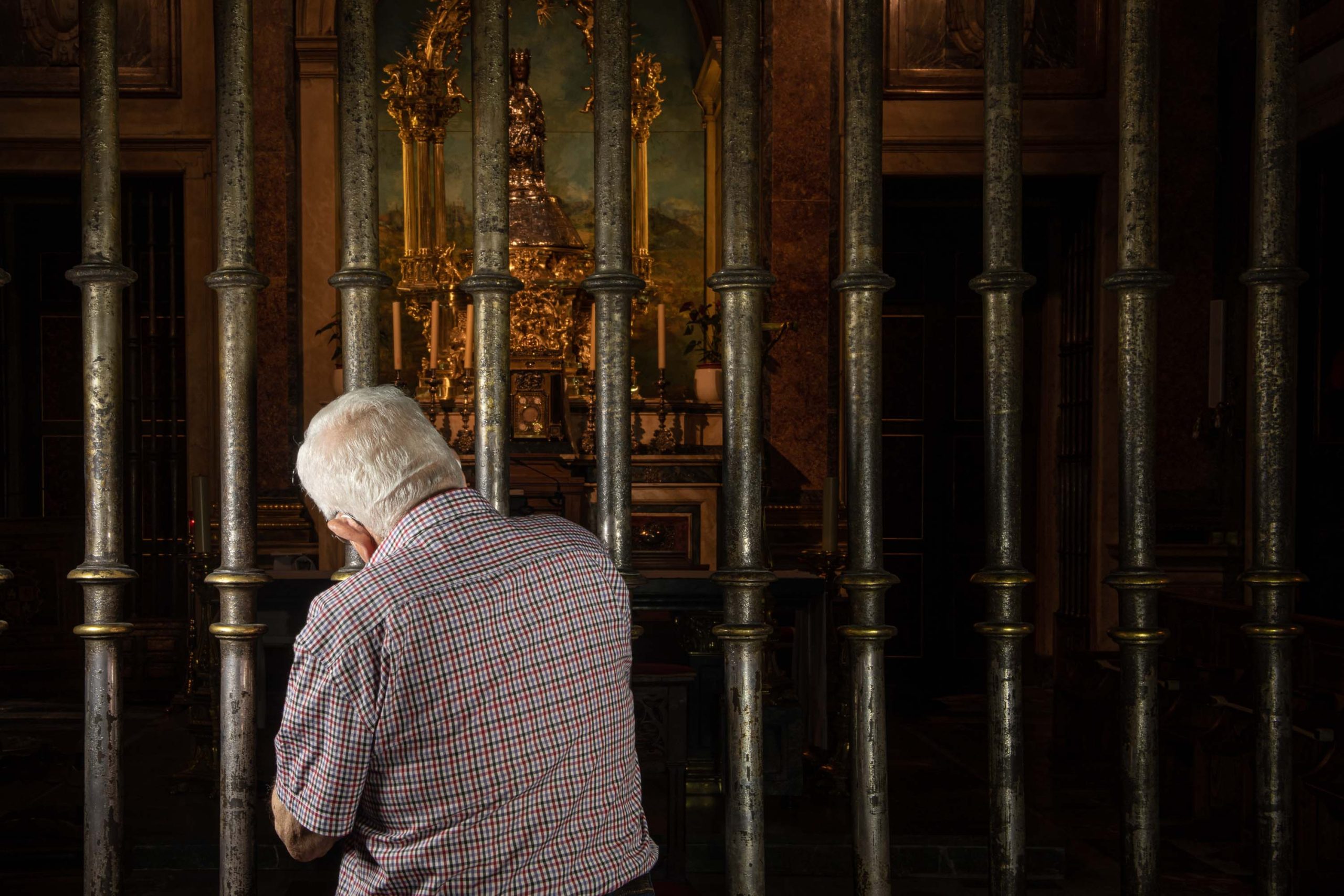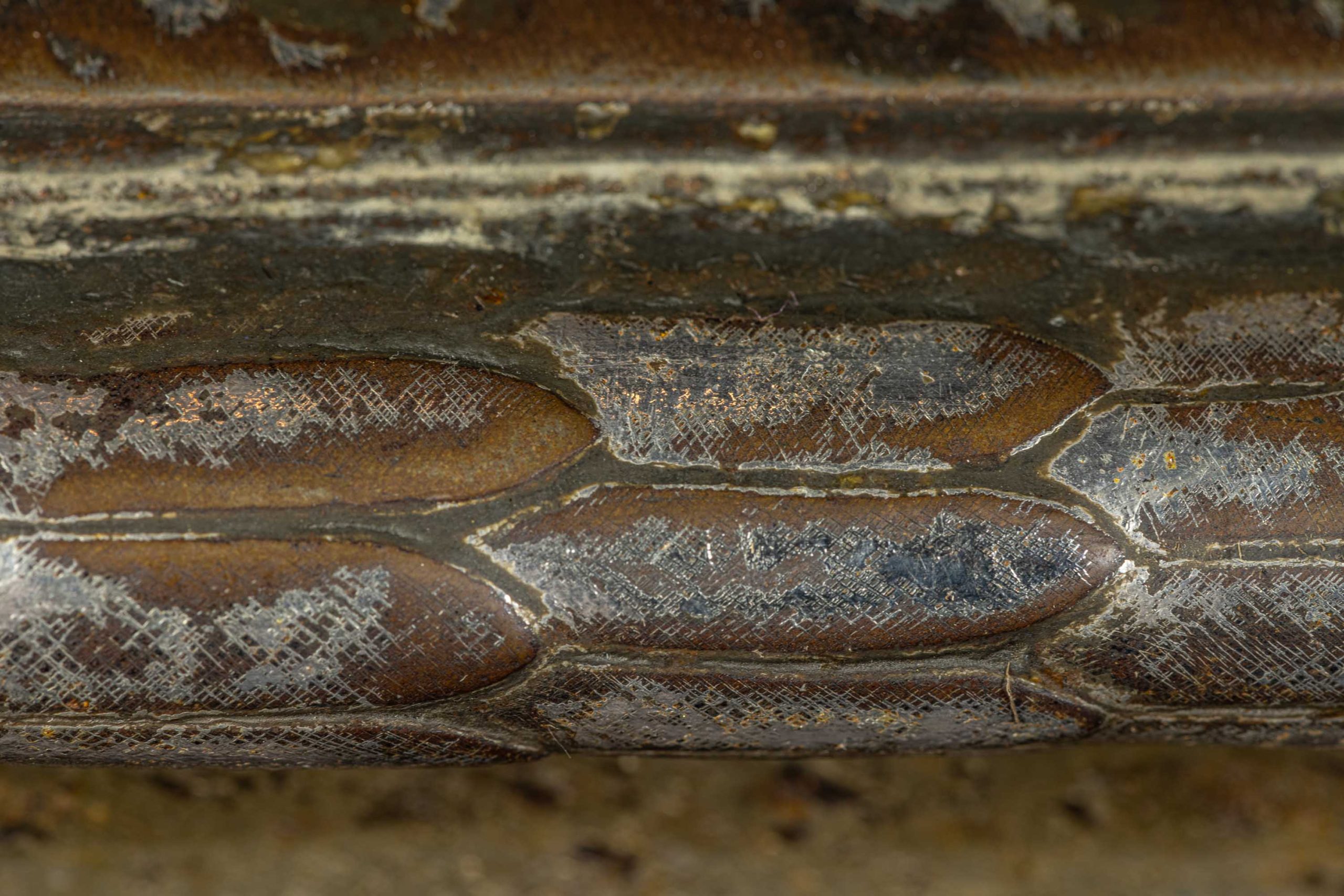Una obra maestra del damasquinado.
Las rejas de Villalpando de la catedral de Toledo
Todo el mundo sabe que las rejas que forjó Francisco de Villalpando para la Capilla Mayor de la catedral de Toledo, así como las que hizo el maestro Domingo Cepeda para cerrar el vecino Coro, constituyen la culminación de la rejería renacentista europea. Pero muy pocos saben que estas rejas estaban no doradas, sino damasquinadas. Todavía puede apreciarse la picadura y algunos restos (los pocos que han dejado la acción de tiempo y del hombre) del forrado en plata y oro. Una comisión de la Fundación Damasquinado de Toledo compuesta por el damasquinador Mariano San Félix, el historiador Luis Peñalver Alhambra y el restaurador Luis M. Muñoz Fragua, se ha propuesto en este trabajo certificar, mediante pruebas prácticas, la sospecha que ya apuntó el gran rejero del siglo XX, Julio Pascual.
Puedes adquirir este libro en el siguiente link:
